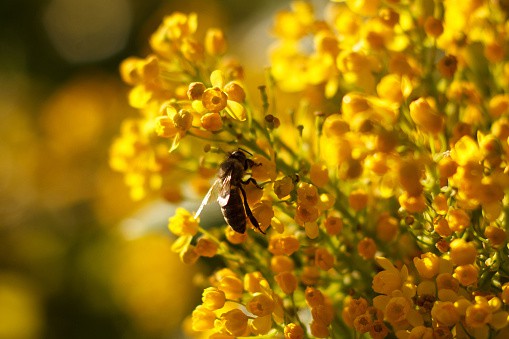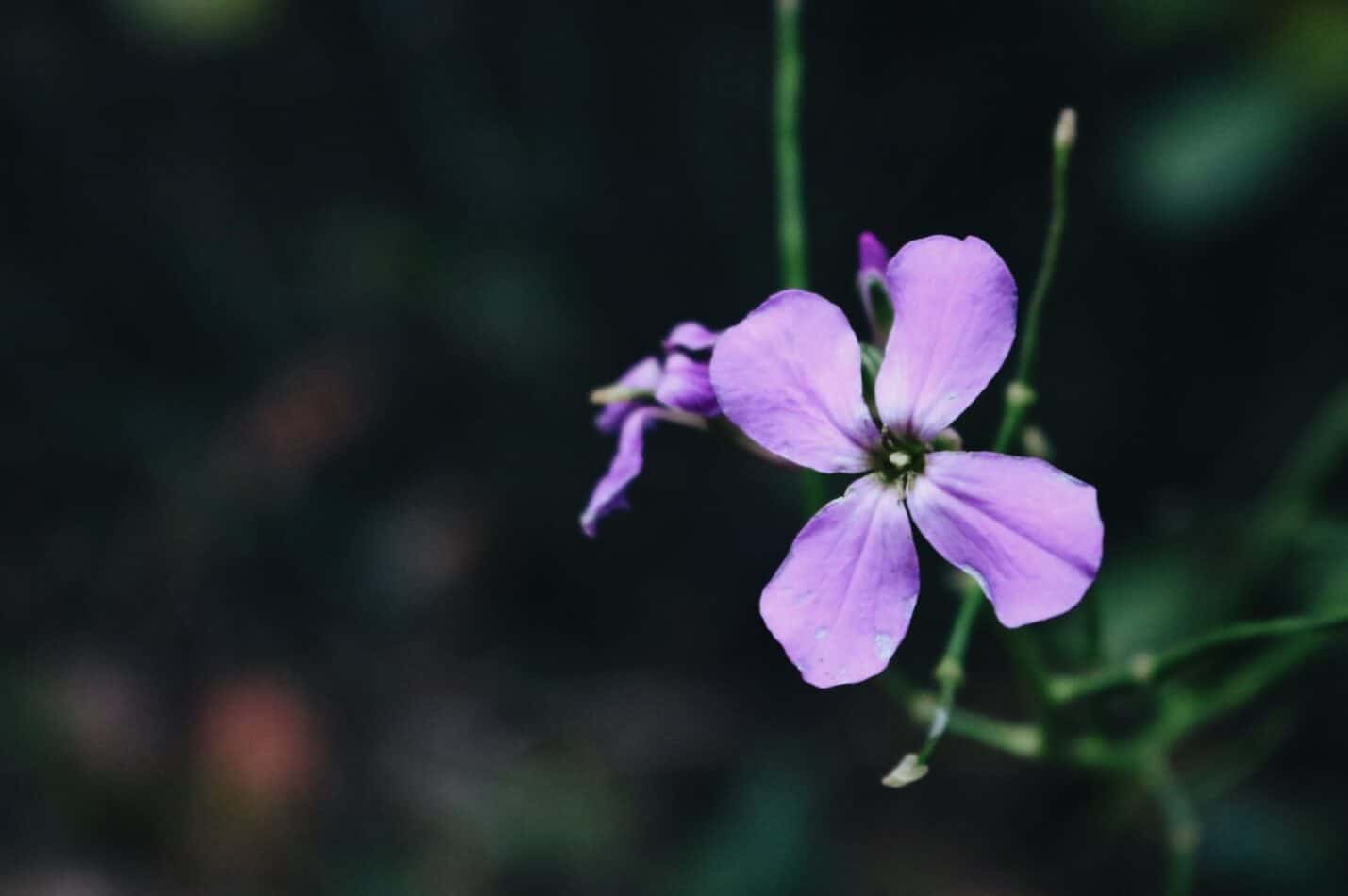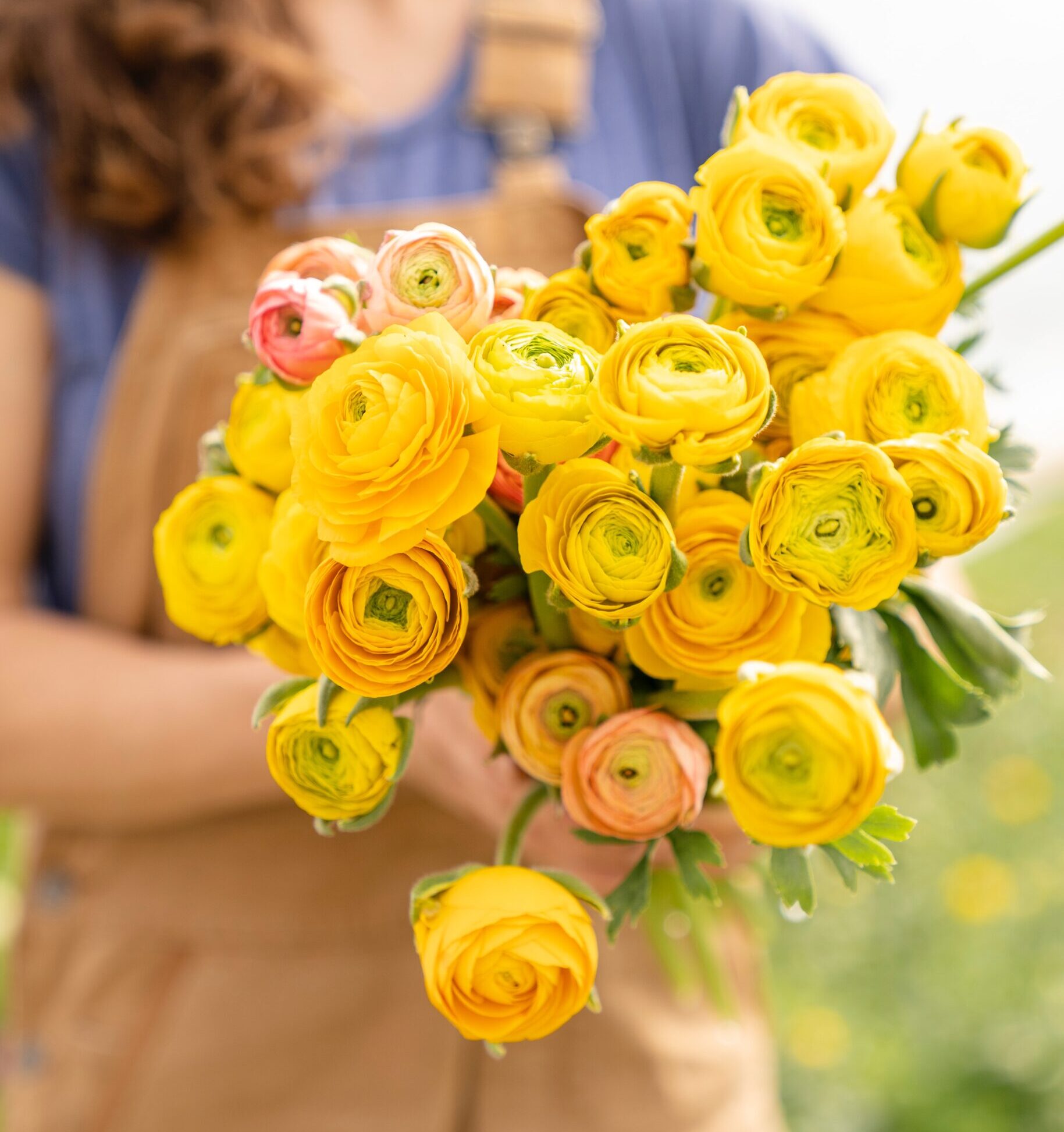The Creeping Mahonia (Mahonia Repens) is an evergreen shrub of the Berberis family that is award-winning for its beauty and multi-seasonal interest. With a Latin name derived from the Greek word for “fragrant”, its fragrant yellow flowers are a sight to behold in spring. The foliage of Mahonia Repens turns to a rusty hue in winter, and gives way to blue to purple berries that look like small grapes during the late summer.
How to Plant and Grow Creeping Mahonia
In order to grow Creeping Mahonia well, it’s essential to understand the perfect conditions in which it thrives. The shrub should be planted in slightly acidic to neutral soil, with a pH of 5.5-7.5, in an area with good drainage. It also prefers full or partial sunlight and average room temperatures of 45-75°F. The Creeping Mahonia is fairly drought tolerant and won’t need to be watered too often, but soil should be kept consistently moist and not allowed to dry out completely. The shrub also responds to fertilizer applications of organic or slow-release fertilizers in early spring and through summer.
Meaning and Symbolism
The Creeping Mahonia’s symbolism is one of protection and renewal. Due to its evergreen feature, the shrub is viewed as a symbol of renewal even in the depths of winter, as well as a protector against injury and curses. In some places also known as a “Holy Thorn”, it is incorrectly thought to be the same plant that pricked Jesus’s crown.
History, Mythology and Religious Significance
Mahonia Repens can be found in the archaeological remains of dwellings constructed in cultures as far back as 8,000 years ago in the form of stone tools. Its use has been recorded as an herbal aid for food, medicine and dye in many cultures, as well as being a source of both mundane and prestigious items. For example, in Europe, the Osage orange was used to create impressive buttons, though this practice may have originated in Native American tribes.
In terms of religious significance, the Creeping Mahonia is widely known as a holy plant, believed to ward off evil spirits, negative energy, and curses in some cultures. In Europe, it was often planted in church grounds and courtyards, and the Osage orange was featured in a number of Catholic, Jewish and Protestant festivals throughout the continent.
Flower Varieties and their Defining Features
The many varieties of Creeping Mahonia have feature a wide range of flowering features to delight gardeners and nature-lovers alike. These include:
- Mahonia Japonica – A shrub reaching to 4-5 feet in height with fragrant yellow flowers that bloom in the spring.
- Mahonia Bealei – Also known as the leatherleaf mahonia, Bealei can reach up to 8 feet in height, and its flowers have a spicy scent. It blooms through winter and spring.
- Mahonia Repens – A compact, spreading variety of the species, the Creeping Mahonia rarely exceeds 2 feet in height, making it ideal for a ground cover.
How to Pot and Repot
Because the Creeping Mahonia can take up a lot of space, it should be carefully potted before bringing it indoors. Use a pot with holes at the bottom to allow proper drainage and Fill the pot with 3-4 inches of potting soil, giving your plant enough room to spread out. Be sure to apply a slow-release fertilizer to ensure your plant receives the essential nutrients it needs. Before potting, keep in mind that the soil pH should be acidic, between 5.5 and 6.5, in order to avoid root rot in the long term.
Repotting a Creeping Mahonia is an important part of its maintenance. Make sure to do this in the early spring months and choose a pot that is slightly wider than the one it was previously potted in. When you repot, you should add fresh soil and cut off any dead roots or stems. It is best to keep the root ball intact during repotting to reduce the amount of disturbance to the plant.
How to Prune
Pruning is an important step in keeping Creeping Mahonia healthy and its growth controlled. In early spring, immediately after flowering, you should prune off any dead or damaged stems and branches to encourage new growth. Regular light pruning has the added benefit of clearing away diseased or infected parts of the plant, as well as eliminating overcrowding. Avoid pruning the majority of stems and leaves, as this can severely affect its growth.
How to Propagate
The Creeping Mahonia is a hardy shrub and is relatively easy to propagate by taking softwood cuttings in spring or early summer. Softwood cuttings are young branches that are slightly harder than greenwood, but not as tough as hardwood. To make cuttings, use a sharp scissors or pruning shears to take a cutting of about 3 or 4 inches in length. Make sure to immediately dip the cut end into a garden hormone rooting powder to encourage root growth. Plant the cutting into a pot filled with sol and keep the soil moist and watch for new growth.
Common Pests & Diseases
The Creeping Mahonia is usually resistant to pests and diseases, however, it can be susceptible to fungal diseases and some pests like aphids, mealybugs and scale. To treat a fungal infection, use a fungicide and keep the area around your plant clean and free of debris. To avoid any pest infestation, make sure to inspect the plant and the potting soil regularly and dispose of any infected materials. If your plant is infected by pests, you can use insecticidal soaps or horticultural oils to treat the problem.
Frequently Asked Questions
- How can I tell if my Creeping Mahonia needs to be repotted? If the potting soil is dry and the roots are coming out of the drainage holes, then it’s time for a new pot.
- Can I use Creeping Mahonia outdoors? Yes, you can use the Creeping Mahonia outdoors as long as you provide it the right environment for growth.
- How often should I water Creeping Mahonia? You should water Creeping Mahonia when the soil is dry and only apply enough water to moisten the soil.
Table Fact Sheet
| Creeping Mahonia | Mahonia Repens |
|---|---|
| Family | Berberidaceae |
| Plant Type | Evergreen shrub |
| Mature Size | 2 feet tall |
| Sun Exposure | Full sun to part shade |
| Soil Type | Well-drained, slightly acidic soil |
| Soil pH | 5.5-7.5 |
| Bloom Time | Spring and winter |
| Flower Color | Yellow |
| Hardiness Zones | 4-9 |
| Native Area | North America |
What we love from Amazon this week
Buy these wonderful flowers directly from Amazon:















